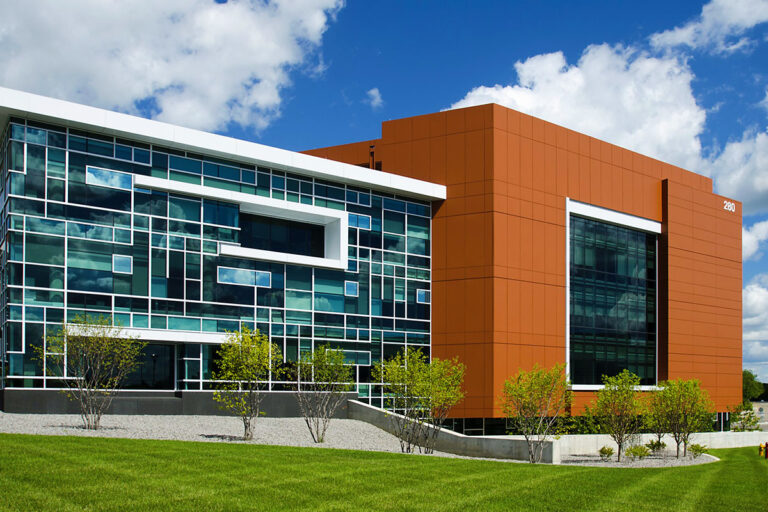Hot-Applied Waterproofing
Hot-Applied Waterproofing Experts in the Upper Midwest
Surfaces like plaza decks, roof decks and unexposed top-level parking areas on commercial buildings need a durable, long-lasting waterproofing solution to prevent leaks, control moisture and protect the building’s structure. A hot-applied waterproofing membrane is a great solution, providing a fully adhered coating that is extremely strong and wear-resistant.
EBS is the local leader in commercial waterproofing and hot-applied membranes. We provide hot-applied fluid waterproofing for both new and existing structures and have extensive experience with roof and plaza decks, and parking decks. Providing solutions to waterproofing challenges has been a driving force behind our success in the Twin Cities waterproofing market.
With many years of industry experience, you can count on Exterior Building Services for professional service and a durable, long-lasting installation of your new hot applied membrane.
ABOUT HOT-APPLIED
What is Hot-Applied Waterproofing?
A hot-applied waterproofing membrane combines asphalt with rubber polymers and mineral stabilizers to create a waterproof coating that’s durable and strong and has the ability to flex as temperature changes cause expansion and contraction.
Hot applied waterproofing membranes require high temperatures throughout the installation, ensuring permanent adhesion to the installation surface and a leak-free seal.
Hot-Applied Applications
Hot-applied waterproofing membranes are ideal for:
- Roof decks
- Roof terraces and patios
- Foundation walls
- Split slab construction
- Green roof systems
- Balconies
- Parking decks
- Below-grade waterproofing
Why Choose Hot-Applied?
Our hot-applied waterproofing membranes offer several great benefits for your commercial building project, including:
- One-component installation
- A seam-free surface to prevent leaks
- Conforms to uneven surfaces and fills imperfections
- Dual layers for redundant protection
- Less labor-intensive than sheet membranes
- Can withstand pooling water


